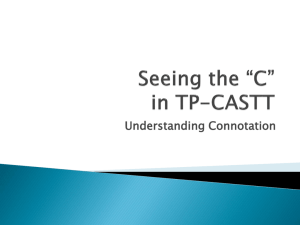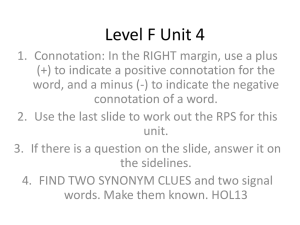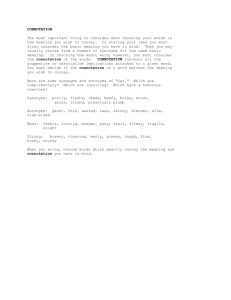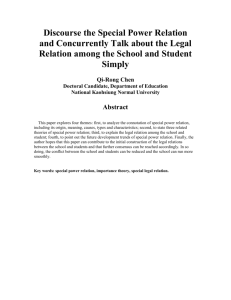3rd 9 weeks BM Review
advertisement
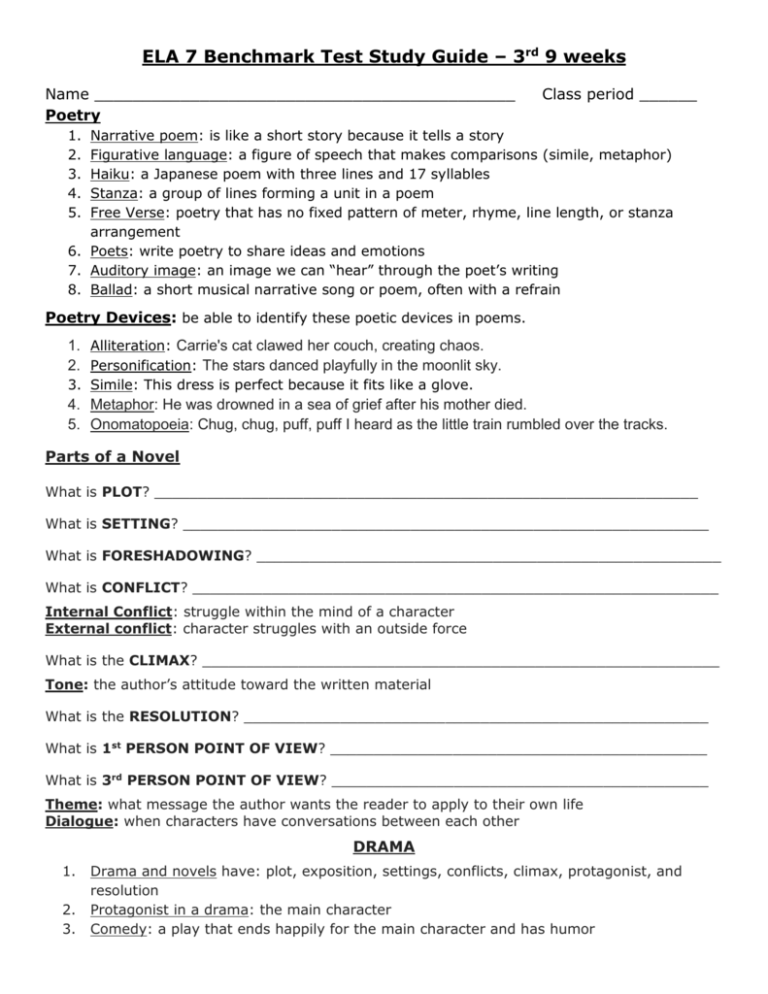
ELA 7 Benchmark Test Study Guide – 3rd 9 weeks Name ____________________________________________ Poetry Class period ______ 1. 2. 3. 4. 5. Narrative poem: is like a short story because it tells a story Figurative language: a figure of speech that makes comparisons (simile, metaphor) Haiku: a Japanese poem with three lines and 17 syllables Stanza: a group of lines forming a unit in a poem Free Verse: poetry that has no fixed pattern of meter, rhyme, line length, or stanza arrangement 6. Poets: write poetry to share ideas and emotions 7. Auditory image: an image we can “hear” through the poet’s writing 8. Ballad: a short musical narrative song or poem, often with a refrain Poetry Devices: be able to identify these poetic devices in poems. 1. Alliteration: Carrie's cat clawed her couch, creating chaos. 2. Personification: The stars danced playfully in the moonlit sky. 3. Simile: This dress is perfect because it fits like a glove. 4. Metaphor: He was drowned in a sea of grief after his mother died. 5. Onomatopoeia: Chug, chug, puff, puff I heard as the little train rumbled over the tracks. Parts of a Novel What is PLOT? ______________________________________________________________ What is SETTING? ____________________________________________________________ What is FORESHADOWING? _____________________________________________________ What is CONFLICT? ____________________________________________________________ Internal Conflict: struggle within the mind of a character External conflict: character struggles with an outside force What is the CLIMAX? ___________________________________________________________ Tone: the author’s attitude toward the written material What is the RESOLUTION? _____________________________________________________ What is 1st PERSON POINT OF VIEW? ___________________________________________ What is 3rd PERSON POINT OF VIEW? ___________________________________________ Theme: what message the author wants the reader to apply to their own life Dialogue: when characters have conversations between each other DRAMA 1. 2. 3. Drama and novels have: plot, exposition, settings, conflicts, climax, protagonist, and resolution Protagonist in a drama: the main character Comedy: a play that ends happily for the main character and has humor 4. 5. 6. 7. Antagonist in a drama: opposes the main character Exposition in a drama: when characters are introduced and described Tragedy: a play with a serious tone with main characters who have an unhappy ending Stage Directions: instructions that tell the actors when and where to move on stage FORMAL WRITING 1. Where is the thesis statement found in the essay? _______________________________ 2. How many thesis statements are in an essay? _____________________ 3. In an essay, what part of the paper tells what the composition will be about? ____________________________________________ 4. What does a good introduction to a paper do? Grabs the reader’s attention 5. Introductory paragraph includes: a hook, supporting ideas, thesis 6. Interesting or startling facts: add curiosity to the introduction 7. Begin an introduction with: a question, an interesting fact, a quote, or a startling fact 8. To provide coherence to supporting paragraphs: use transitions 9. Transition sentences are found: at the beginning of each new paragraph 10. Body paragraphs: must have supporting details 11.Conclusion paragraph: restates the thesis in a different way 12. Conclusion: summarizes the paper and signals the paper is complete GRAMMAR Object and Subject Complements. Identify each underlined word as DO (direct object), IO (indirect object), PA (predicate adjective), or PN (predicate nominative/noun) ________1. I’ll tell you and your friends an American tale or two. ________2. According to legend, Pecos Bill was the inventor of the lasso. ________3. Coyotes raised the young Pecos Bill. ________4. His horse was Widow-Maker, and his wife was Slue-Foot Sue. ________5. According to another tale, Sally Ann Thunder Ann Whirlwind rescued Davy Crockett. ________6. Then she married him. ________7. While growing up, she had given her brothers strong competition in wrestling, running, and fishing. ________8. The physically powerful Paul Bunyan issued lumbermen their orders. ________9. In one meal he devoured half of a wagon load of vegetables and several sides of beef. ________10. Paul Bunyan’s pet ox Babe was huge and blue. ________11. John Henry was incredibly strong as well. ________12. In tall tales, he is a railroad worker in West Virginia and other. Connotations of Words: can be negative, positive, or neutral negative There are over 2,000 vagrants in the city. neutral There are over 2,000 people with no fixed address in the city. positive There are over 2,000 homeless in the city. Connotation (positive & negative). Circle the correct answer for each example. Which word has a POSITIVE connotation? a. skinny b. thin c. lean d. bony Which word has a POSITIVE connotation? a. cheap b. tightwad c. penny-pincher Which word has a NEGATIVE connotation? a. fat b. overweight c. large d. plump Which word has a NEGATIVE connotation? a. plain b. ugly c. unattractive d. homely Which word has a POSITIVE connotation? a. ruthless b. cutthroat c. stern d. vicious Which is the best answer? Which is more polite? a) sip a drink b) gulp it Which would you be if you hadn't eaten for several days? a) hungry b) starving Which would you be after a walk in the mud? a) filthy b) dirty d. thrifty
